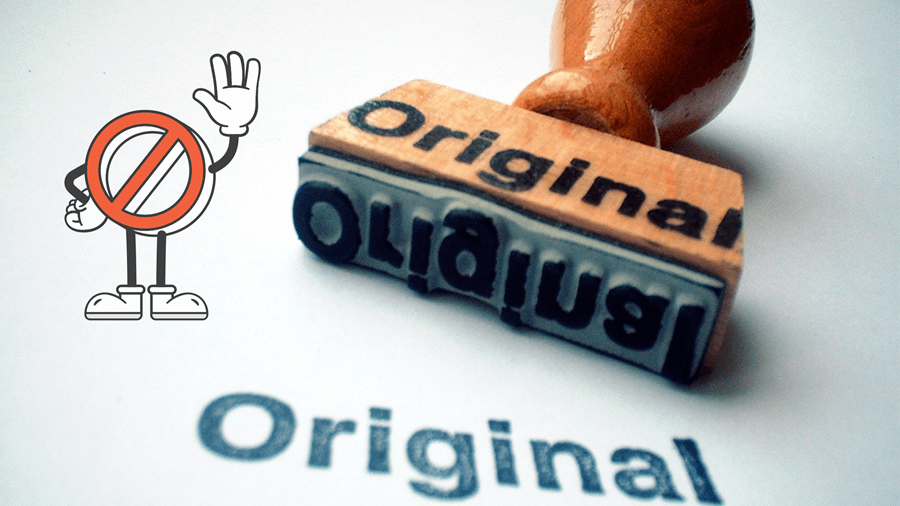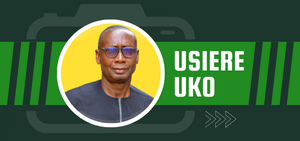My key takeaway from Chapter 1: “Steal Like an Artist” is that nothing is original. The chapter goes on to suggest how to curate ideas and includes this interesting quote:
“What is originality? Undetected plagiarism.”
William Ralph Inge
Here, plagiarism is within the context of basing your work on what already exists rather than outright copy-and-paste.
If you are an observer of life, a student of ancient scripts, including the Holy Bible, the fact that nothing is original would not be news to you. What is news is that we carry on as if there are new things to be discovered or created.
Ecclesiastes 1:9 (New King James Version) states:
“That which has been is what will be, That which is done is what will be done, And there is nothing new under the sun.”
What we call new is an improvement on the old. What changes is our way of doing things.
“Don’t reinvent the wheel, just realign it.”
Anthony J. D’Angelo
Now, how does this benefit us?
If we stick to our lane, we have something to offer. We have an improvement to make. We can leave what we met better than how we met it.
Each time someone brings a solution, it creates new problems. That means there will always be problems and people to solve them.
The question becomes, which problem has your name on it?
If we focus on solving problems rather than meeting our needs, we will not run out of ideas of what to do. That takes away our fear of not having something brand new to offer. As the wheel has already been invented, all we need to do is figure out how to make the wheel work better.
Having this realization helps us to look at what already exists with confidence and gain insights on how it can be improved. These insights do not come from overthinking the problem. The moment we decide we are going to solve that problem, and we do our work in attacking the problem from all angles, we can be doing something else when the solution drops into our conscious mind. Ask Archimedes with his famous Eureka! (I’ve found it!) quote. Unlike Archimedes, you will remember to grab a bathrobe before you jump out of the tub in excitement when your eureka moments come.
Improving what already exists reminds me of an experience I had in college. I was called a creative dubber (copier). I would copy from your course notes and create a better note for myself. This is because I’d add my understanding and my research into the final work. The smart ones looked at my final product and used it to improve theirs (collaboration).
If I copy your assignment, I also add what I know, including my research, and produce a better output. When the lecturer returns the assignment, I score higher than the person I copied from. This did not make the people I copied from very happy with me, and they started hiding their work from me.
This is kind of how it works in the real world. Creation is a process, and the work is not fully done (perfection). There will always be room for improvement. One generation advances the work to a certain aspect and leaves it for the next to continue.
When it comes to companies and organizations, there are legal frameworks to navigate. The fact remains that companies that share their work innovate faster than those that hide their work. Two good heads are always better than one.
Will new human needs be discovered? I honestly don’t think so. All we’ll ever do is to improve on what is already done. That is where we can leave our mark so that the world will know that we were here.





Leave a Reply to Steal Like an Artist – Achieving Your Utmost Potential Cancel reply